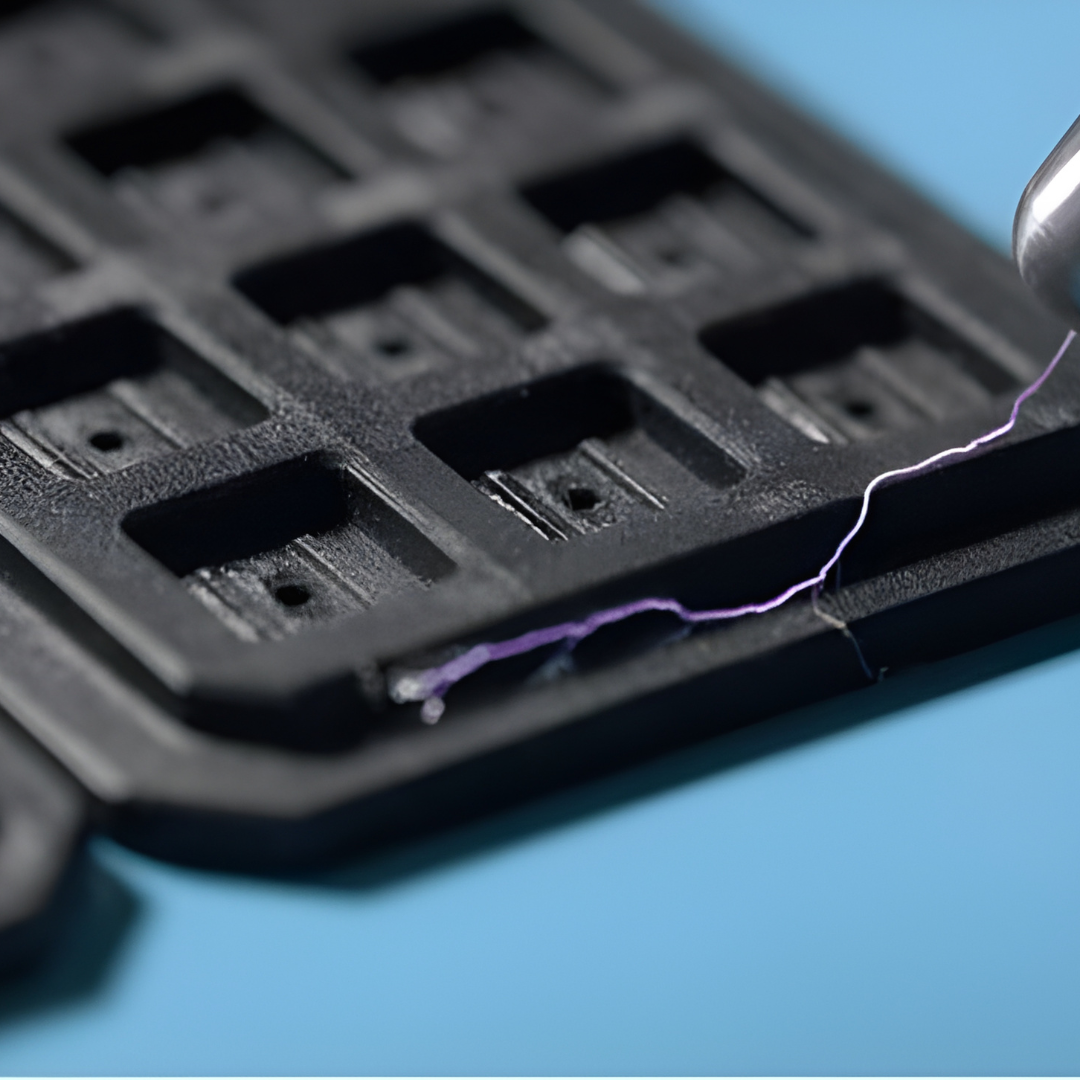What is 3D Printing?
Imagine constructing an object layer by layer, guided by digital instructions rather than traditional bricks and mortar. This is the essence of 3D printing. The process involves translating a digital 3D model into a physical object by depositing materials—such as plastic, metal, or resin—in precise layers. Each layer is added sequentially until the complete design is formed.
3 main technologies of 3D Printing

FDM (Fused Deposition Modeling):
FDM 3D printers create parts by melting and extruding thermoplastic filament. The filament is deposited layer by layer onto the build plate or print area using a print nozzle. This method works with a variety of standard thermoplastics, including ABS, PLA, and their blends. FDM is ideal for developing basic proof-of-concept models, as well as for quick and cost-effective prototyping of simple components.
Common Materials:
- PLA
- ABS
- PETG
- Nylon
- TPU
Suitable Applications:
FDM is well-suited for prototyping, creating models, functional parts, tooling, fixtures, jigs, and low-volume production.

SLA (Stereolithography):
Stereolithography (SLA) uses a laser to cure liquid resin into hardened plastic through a process called photopolymerization. Among all plastic 3D printing technologies, SLA offers the highest resolution and accuracy, the clearest details, and the smoothest surface finish.
Common Materials:
Resins, such as general resin, high temp resin, hard-tough resin, abs-like resin, etc
Suitable Applications:
SLA is ideal for applications such as jewelry, dentistry, figurines, molds, and high-detail parts.

SLS (Selective Laser Sintering):
Selective Laser Sintering (SLS) is a prominent technology in additive manufacturing. SLS 3D printers utilize a high-powered laser to fuse tiny polymer powder particles together. The unfused powder acts as a support during printing, eliminating the need for dedicated support structures.
Common Materials:
- Nylon
- PA12
Suitable Applications:
- Jigs
- Fixtures
- Tooling
- High-performance prototyping
Benefits of 3D Printing:
3D printing offers numerous advantages over traditional manufacturing processes, including:
- Speed and Agility: Eliminate the need for expensive tooling and long lead times. Print exactly what you need when you need it.
- Customization: Easily create unique and bespoke objects tailored to your specifications.
- Design Freedom: Produce complex shapes and geometries that are difficult or impossible with traditional manufacturing methods.
- Reduced Waste: Use only the material necessary for your object, minimizing waste compared to subtractive manufacturing.
Summary
At Projet, we consider our 3D printing services a crucial factor in the rapid adoption of additive manufacturing (AM) in the industry. We offer a broad range of capabilities, including FDM, SLA, and SLS 3D printing technologies, as well as solutions for rapid prototyping, mechanical design, and reverse engineering. We look forward to supporting your company’s processes.
Connect with Projet:
If you’ve had a positive experience with Projet that you’d like to share, please reach out to us at enquiry@projettech.com. We eagerly anticipate hearing from you.
For additional information, visit our website for comprehensive details about our services and contact information. Our friendly team is ready to assist you at any time.































